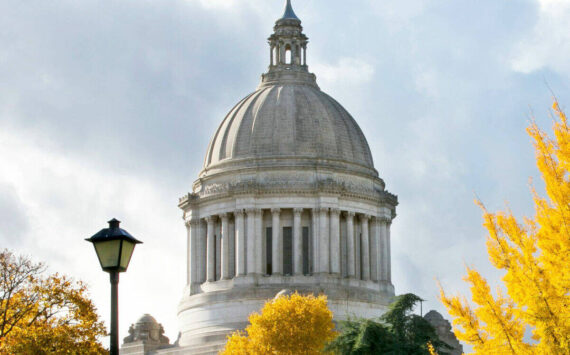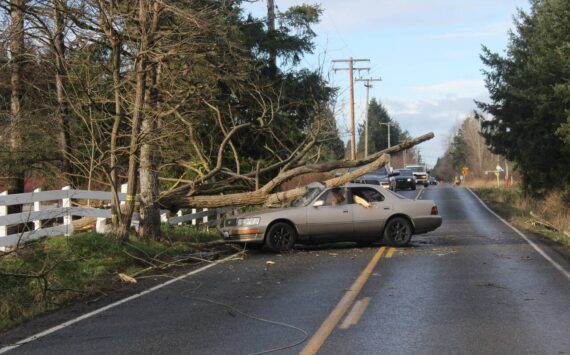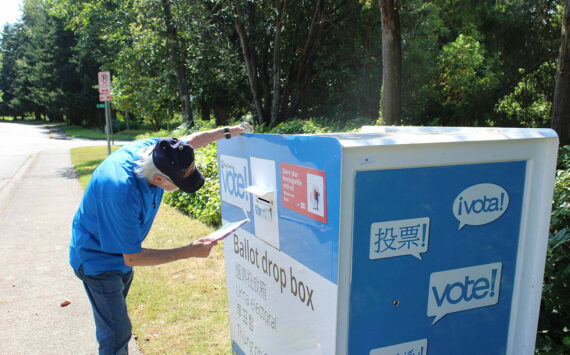The city’s efforts to revitalize its Neighborhood Business District program continued Nov. 15 as business leaders voiced concerns over a lack of resources to assist with the development and maintenance of the city’s 12 districts, according to a discussion during a meeting of the Economic Development committee.
“Sustainability of the program is one of the toughest challenges,” said Ron Michael, a small-business owner and member of the Oakland / Madrona Business District. “We all work for a living, and use time away from our businesses to keep this thing going. It creates a burnout factor that you cant ignore.”
Indeed, a lack of resources necessary to carry out the work of each business district was a recurrent and overriding theme of Tuesday’s meeting. Since the business districts were formed nearly two decades ago, several have had off-and-on program managers who have effectively assisted with the success of individual business districts, according to Karen Rich, a small-business owner and member of the South Tacoma Business District. “The managers are much more than administrative assistants,” said Rich. “They are able to go around to local businesses and discuss issues and concerns with business owners.”
Rich recalled a recent summer when funding was available for a manager to organize resources and collect money from business owners to pay for public arts and crosswalk lighting in the South Tacoma Business District.
Michael and Rich urged the city to examine ways that the city could provide funding for permanent staff in each business district — a move that would cost an estimated $100,000 annually in each district.
“It’s a lot of money, but think about what what business districts bring back to the city in terms of a tax base,” said Michael.
Additionally, concern was raised over the citys emphasis on downtown revitalization, while many feel that neighborhood programs are overlooked.
“It’s not that we are totally ignored,” said Michael, “it’s just that the city should do more to support the districts. Downtown is half the city, and the business districts are the other half.” Michael called the business districts the citys “best kept secret,” and said they fail to received deserved recognition.
“We need to find creative financing mechanisms or we’re going to wind up with boarded up businesses,” said Councilmember Bill Evans, who is also a small-business owner in the Proctor District.
“I’m hopeful we can focus more attention on our business districts,” said Councilmember Rick Talbert, who chairs the Economic Development committee.
Tuesday’s meeting was the second time in two months that the committee has met to examine the idea of revitalizing its neighborhood business district program. On Oct. 11, the committee explored the Main Street Model, which was first implemented in the Hilltop District during the 1990s, and uses the four-point approach of organization, promotion, design, and economic restructuring to help small towns and cities redevelop their downtowns and urban centers.
Tacoma’s 12 neighborhood business districts include McKinley Hill, Upper Tacoma, Stadium Historical, Fern Hill, Dome, Portland Avenue, Oakland / Madrona, Old Town, Proctor, Sixth Avenue, South Tacoma, and Lincoln International.







